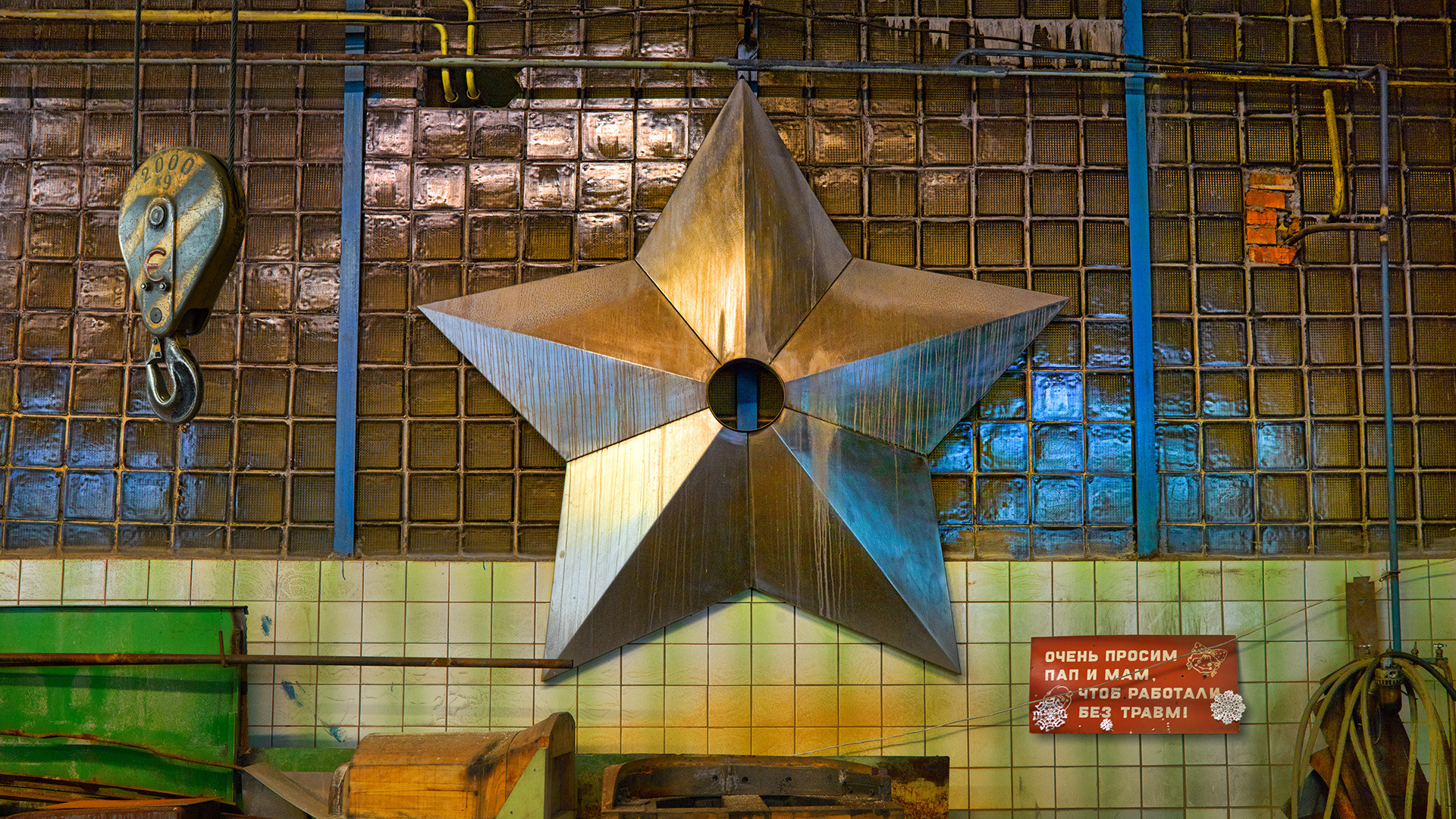Sasha Gentsis/Jewish Museum and Tolerance Center
The site of the once cutting-edge ZIL car plant is being developed with new apartment blocks and trendy parks. Photographer Sasha Gentsis managed to capture the gloomy look of the now abandoned workshops before they forever disappear.
“Shower room ventilation time: 7 to 24,” reads the sign on the door. It feels as if a mechanic has just finished his shift, hung up his overalls, and gone home. For four years, Gentsis took shots of the abandoned workshops of the Likhachev plant in Moscow (a.k.a. ZIL). Many have now been demolished or dismantled.
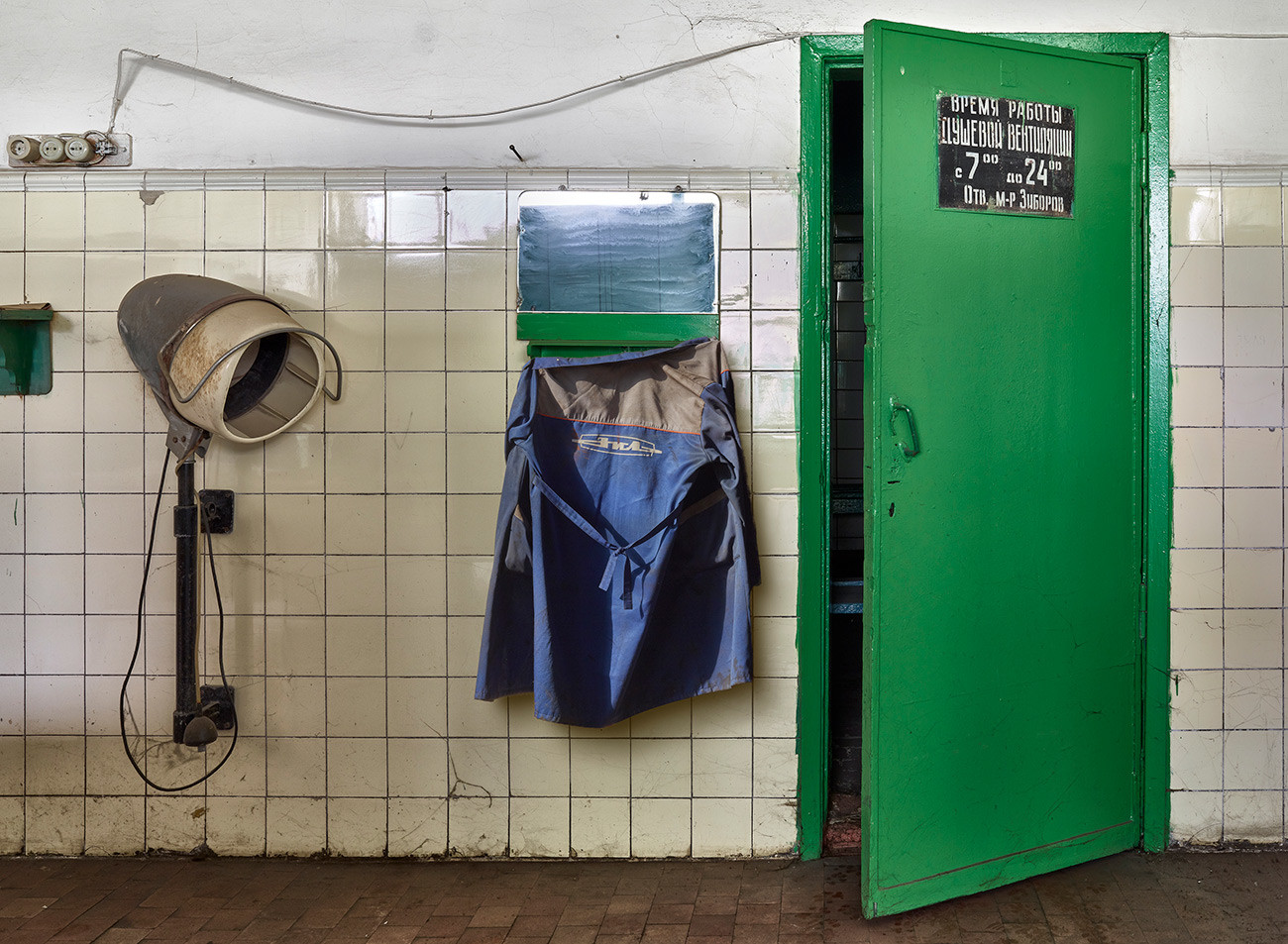
Sasha Gentsis/Jewish Museum and Tolerance Center
Here’s an enormous Erfurt press, at least 15 meters high. “It stood in the midst of the devastation like a majestic titan — dusty, but victorious in battle,” said the photographer.
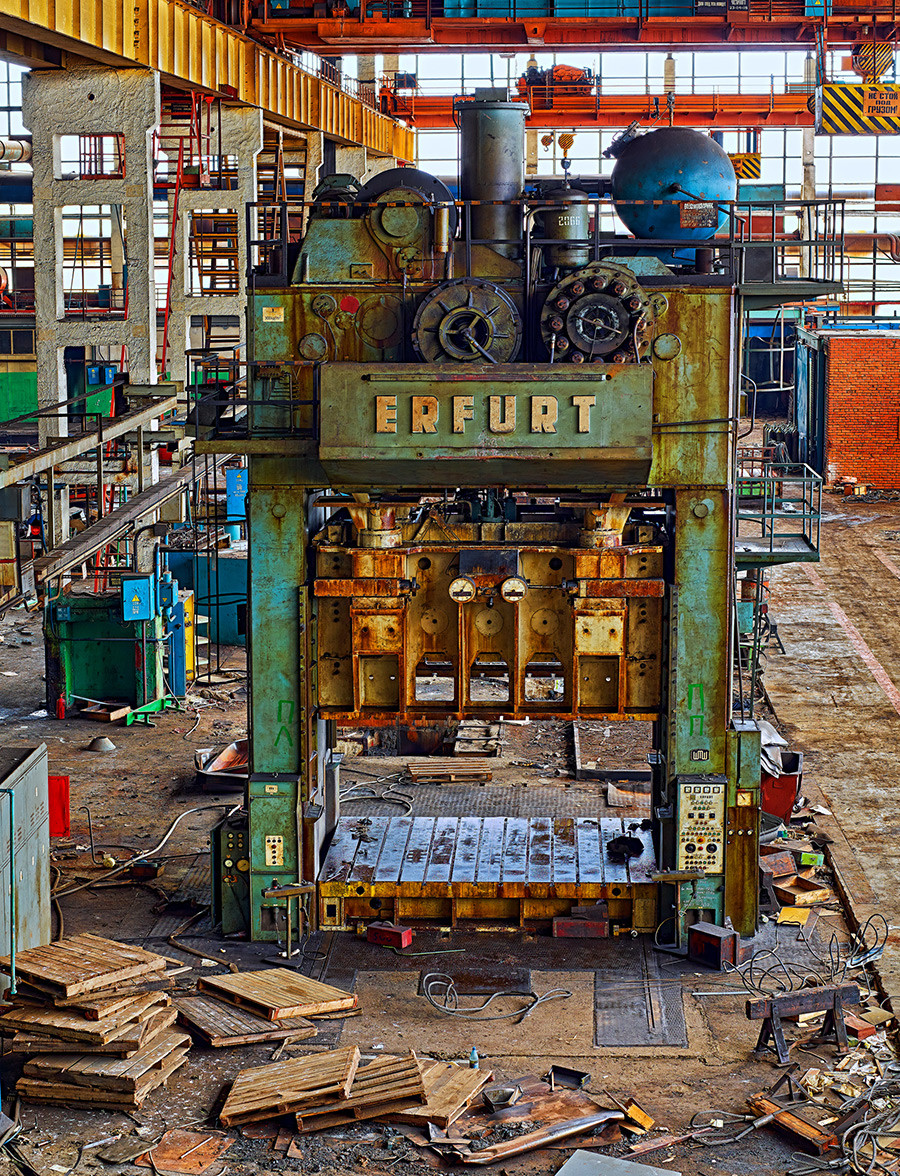
Sasha Gentsis/Jewish Museum and Tolerance Center
ZIL was the first automobile plant in Russia. Built before the revolution, under Stalin its capacity and output reached dizzying heights.
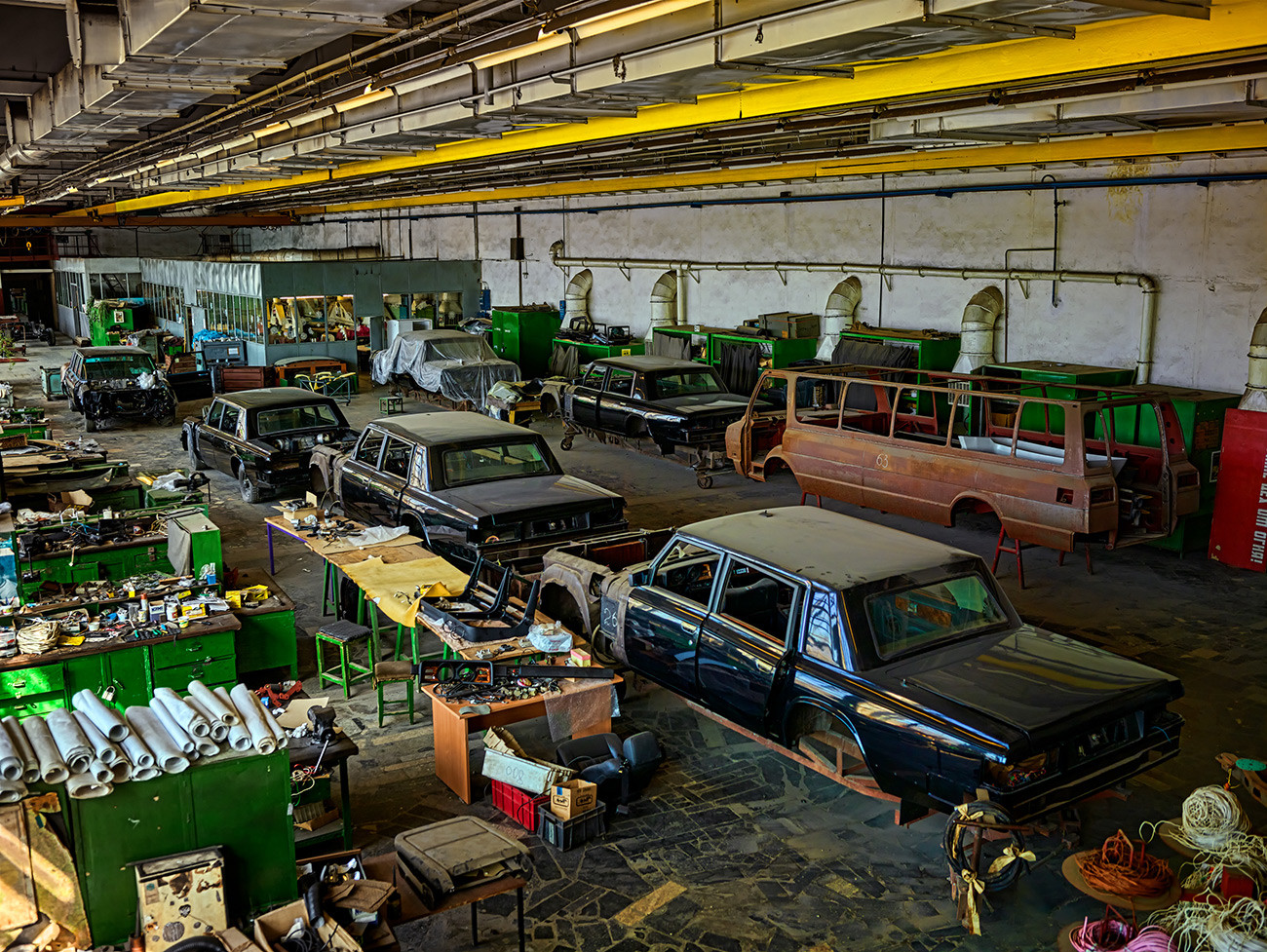
Sasha Gentsis/Jewish Museum and Tolerance Center
It was at ZIL that the first limousines for Soviet leaders were manually assembled. The photo below shows part of a workshop that produced interior components. ZIL also made the first Soviet trucks (AMO-F-15).
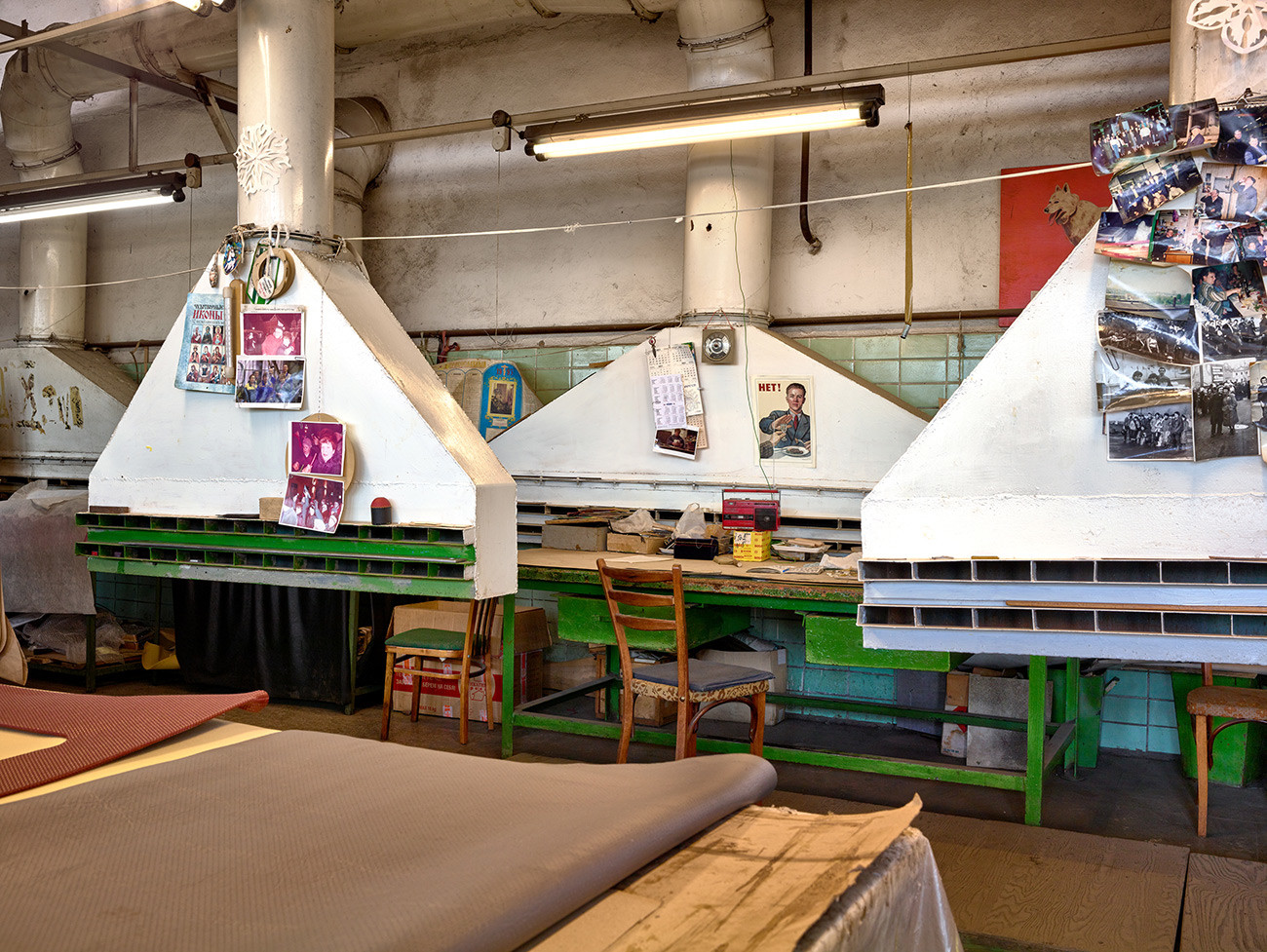
Sasha Gentsis/Jewish Museum and Tolerance Center
Dozens of wires are used to electrify the vehicles: all are a different color and only one guy knows how to connect them. He is over 70 now, but there is no one to replace him and his knowhow.
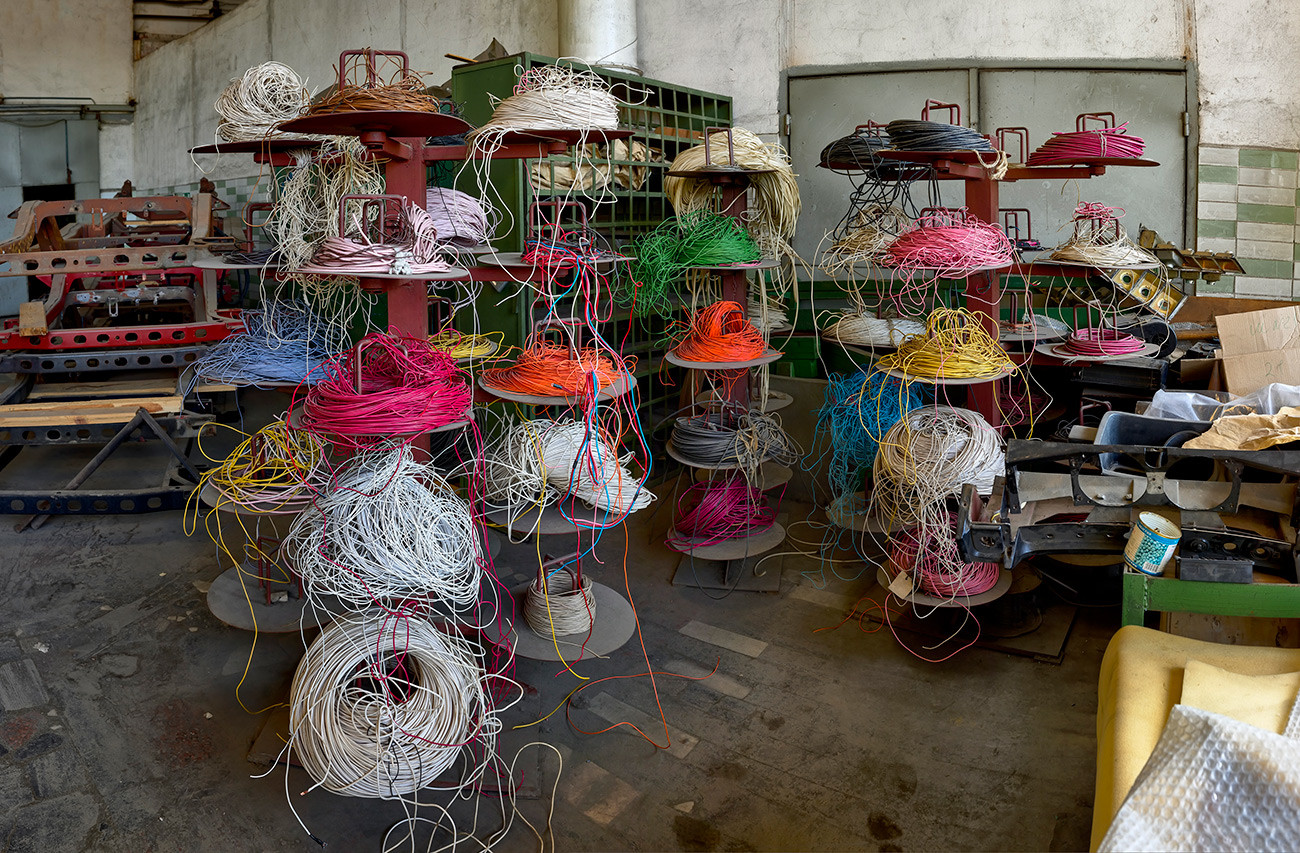
Sasha Gentsis/Jewish Museum and Tolerance Center
In the space of ten years, the plant produced 770,000 famous Soviet ZIS-150 trucks and its modifications. It was here that old models were upgraded and new ones developed.

Sasha Gentsis/Jewish Museum and Tolerance Center
In the 1980s, ZIL suffered an engineering crisis: vehicle models became outdated, and new developments were transferred to the newly built KamAZ plant. Throughout the 1990s and 2000s, production was constantly on the decline, coming to a complete standstill in 2013.
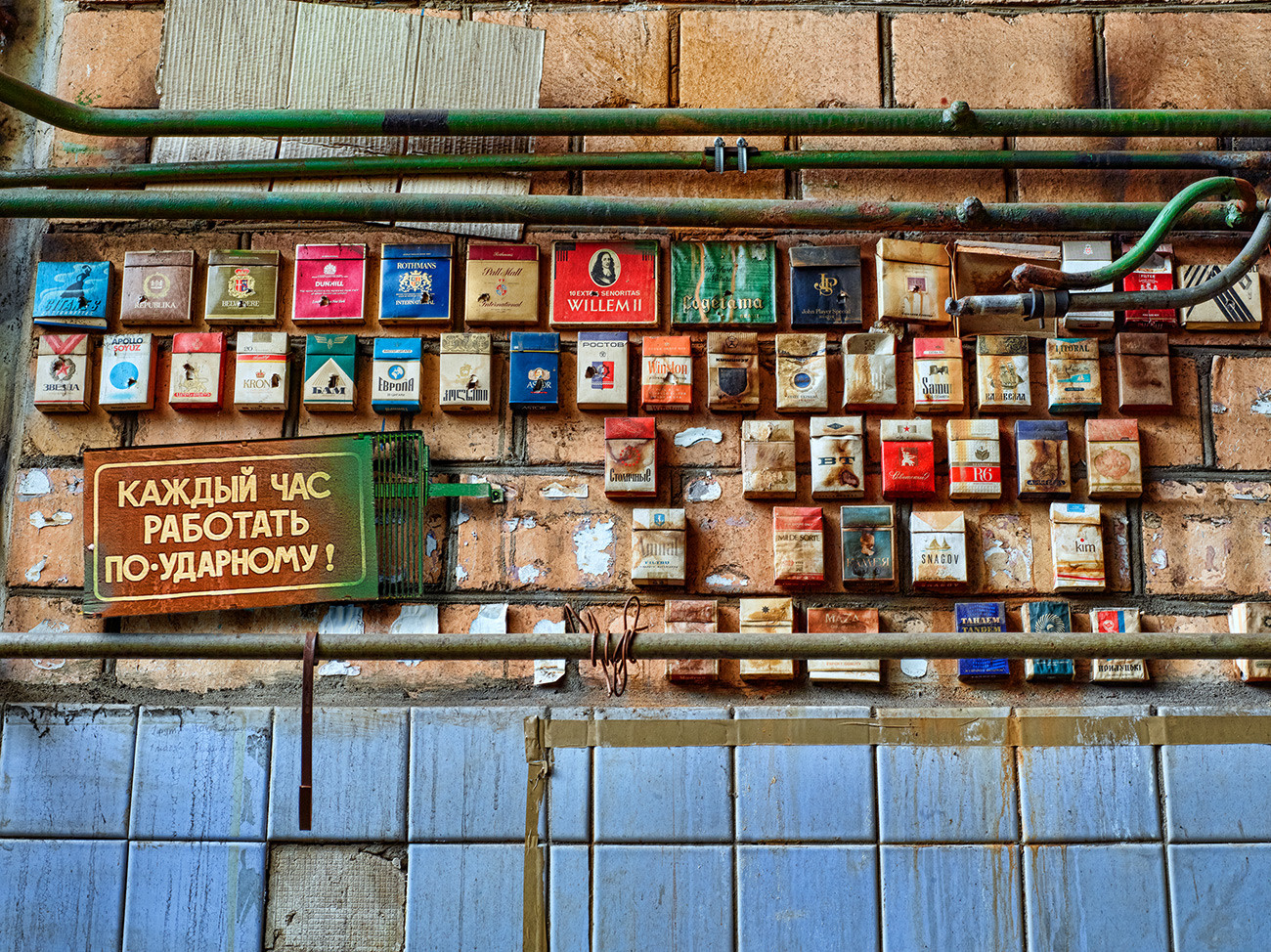
Sasha Gentsis/Jewish Museum and Tolerance Center
No more party meetings will ever be held in this assembly hall (see picture below), never again will anyone stand at the podium.
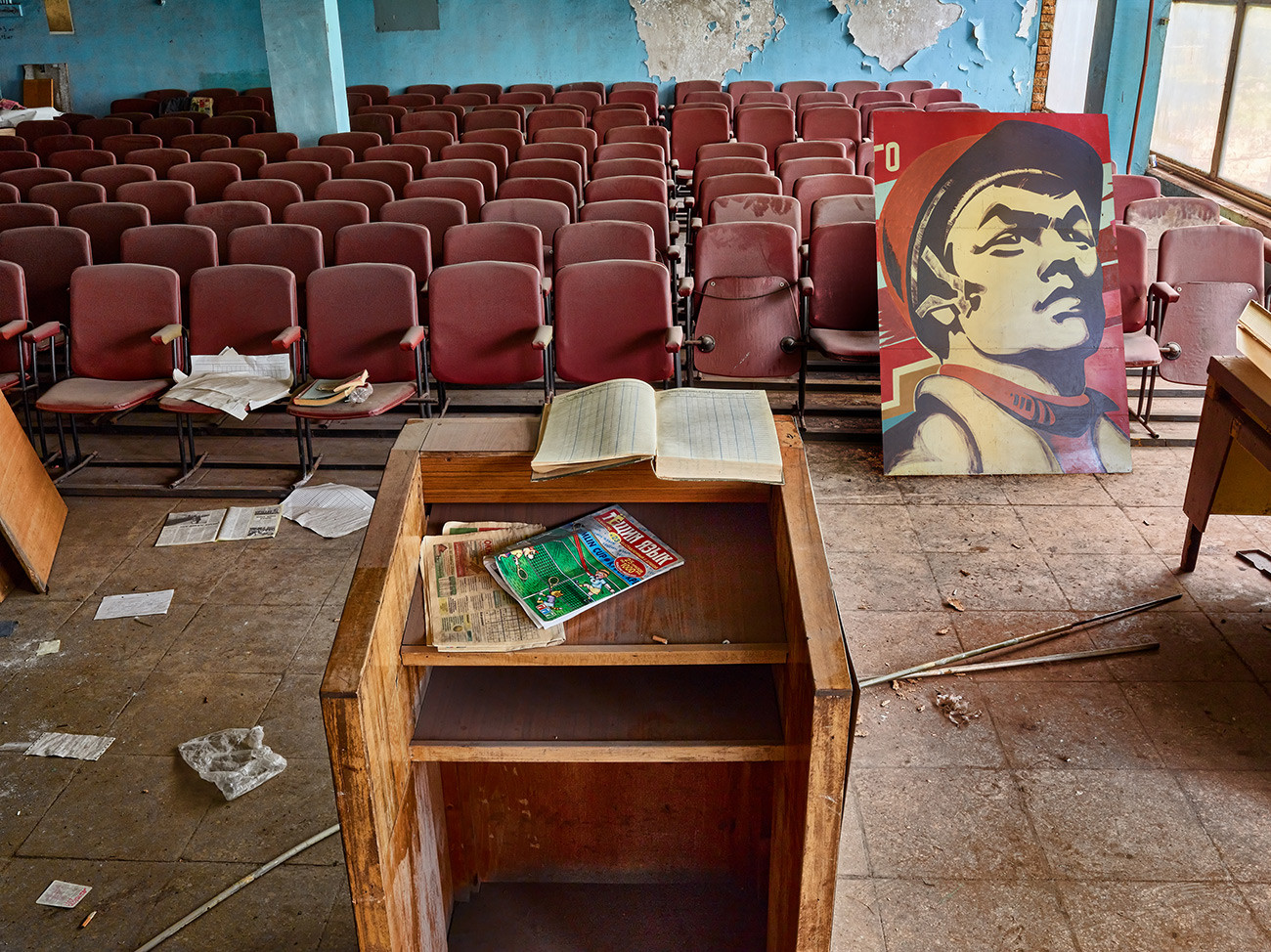
Sasha Gentsis/Jewish Museum and Tolerance Center
Gentsis says that the aim of his project is to preserve the atmosphere and the less-than-glamorous side of Soviet life for future generations.
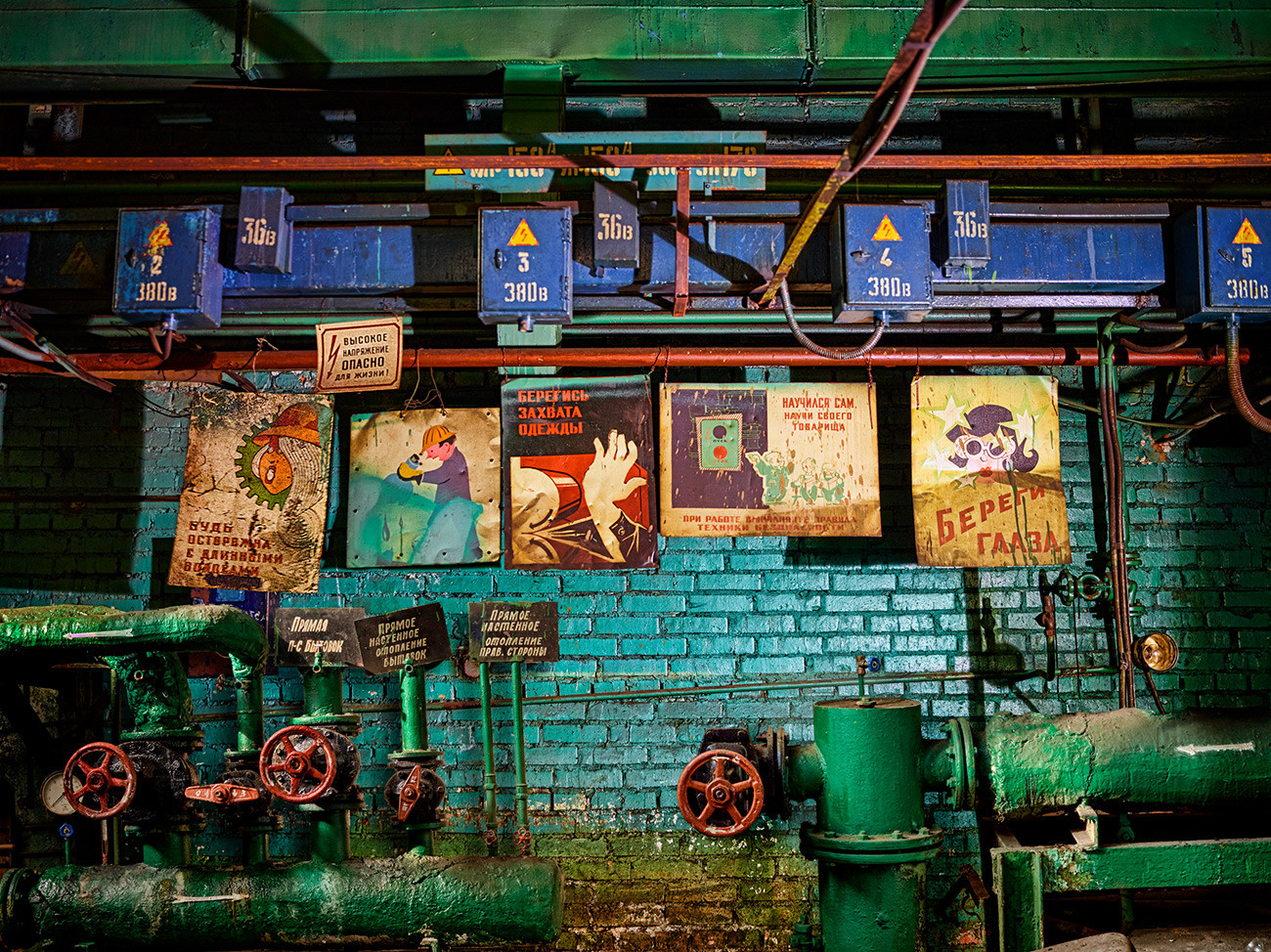
Sasha Gentsis/Jewish Museum and Tolerance Center
The image below depicts a surrealistic juxtaposition of eras: an iconic Soviet portrait of Lenin with the slogan, “Faulty workmanship is not permitted,” is laid next to 1990s magazine clippings with nude women and items left abandoned and never reclaimed.
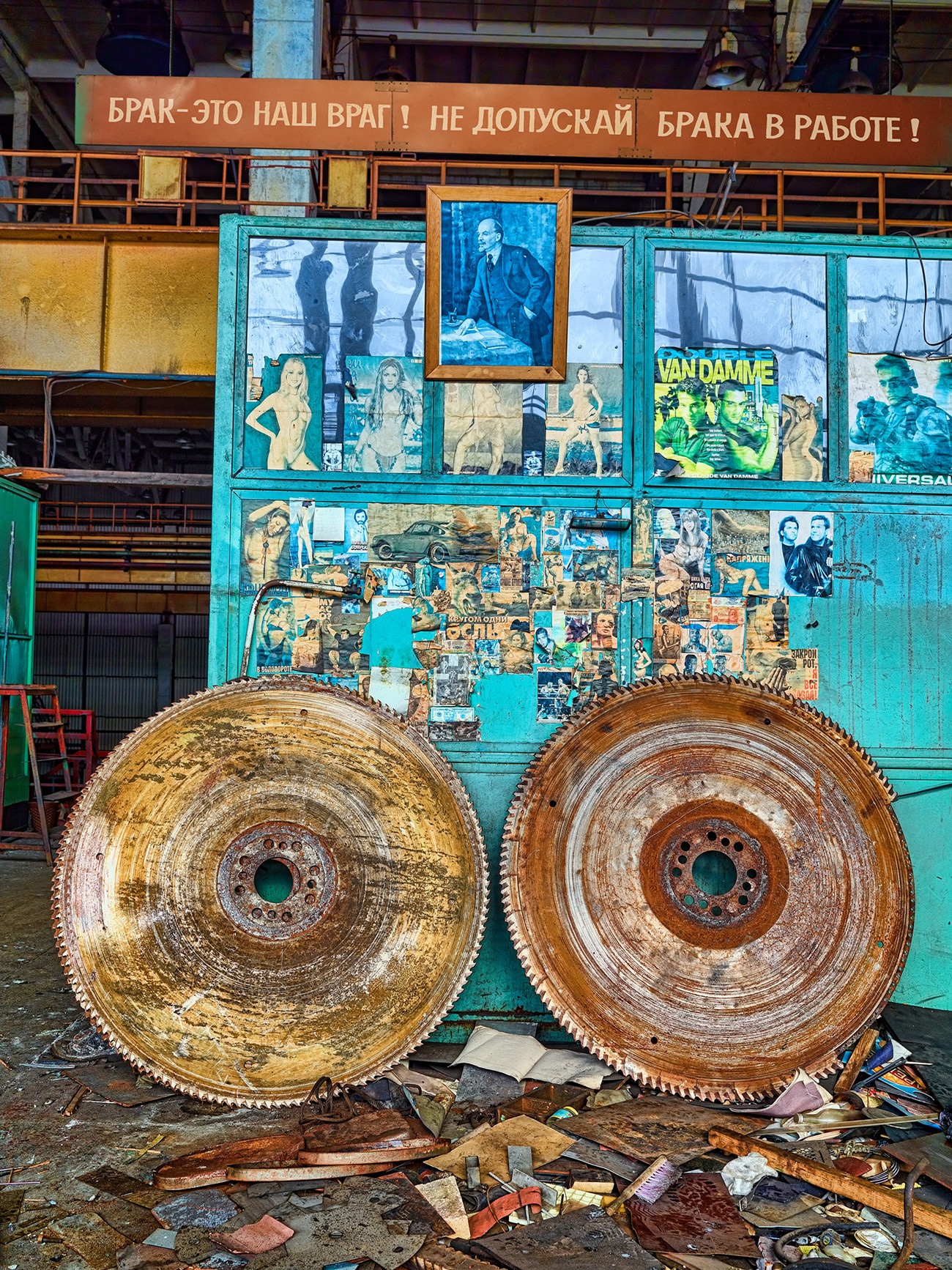
Sasha Gentsis/Jewish Museum and Tolerance Center
A large-scale reconstruction of the factory site in the shape of an innovative residential development is presently underway. Gentsis hopes that the heat station (see photo below), which supplied the entire plant with heating, will be preserved as a monument of constructivism.
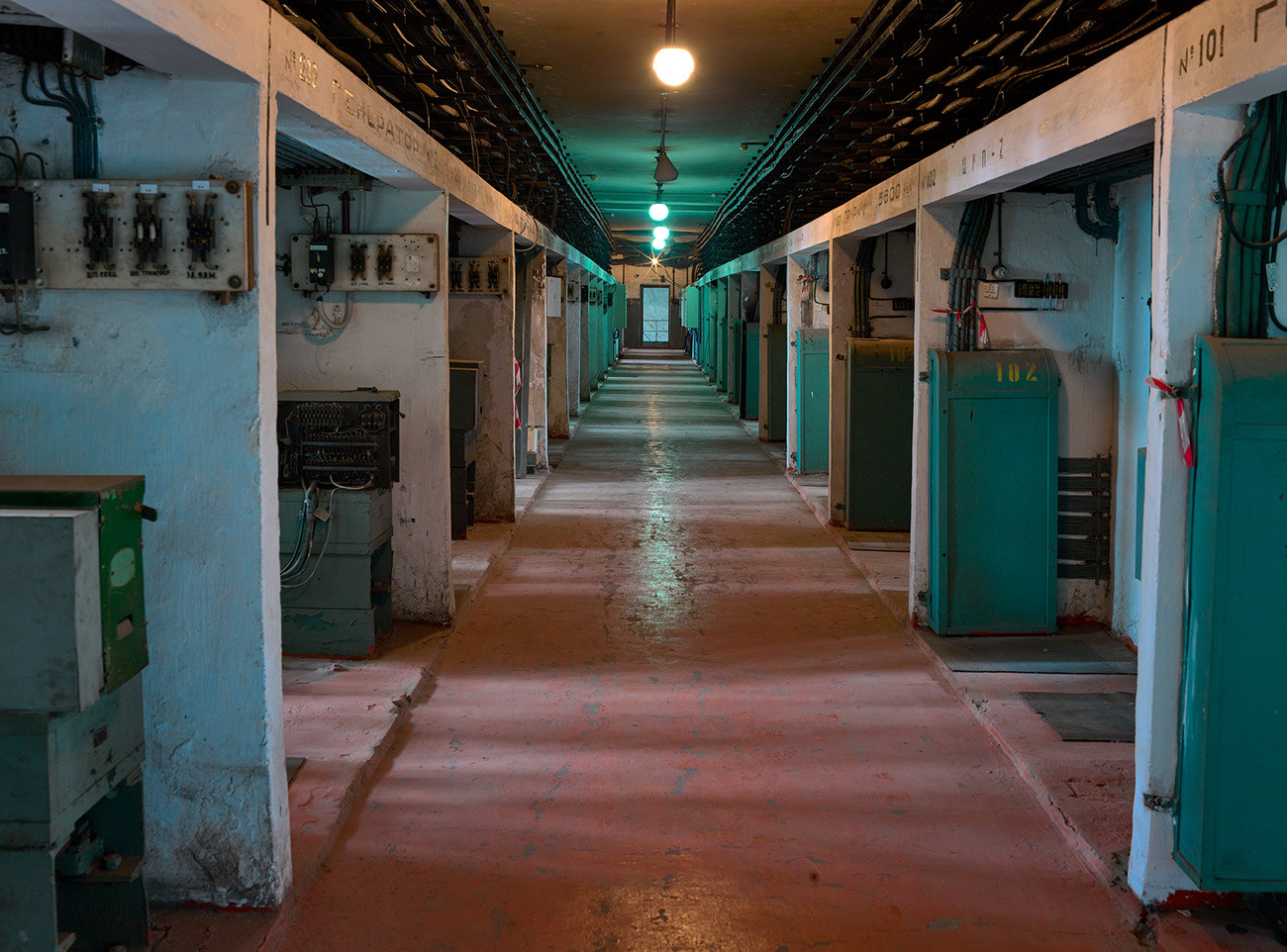
Sasha Gentsis/Jewish Museum and Tolerance Center
The contradiction between the conceptual utopia of socialism and the mundanity of everyday life captured by Gentsis in his photographs will form the basis of his personal exhibition entitled “Socialist Surrealism,” which will run at the Jewish Museum and Tolerance Center in Moscow from Oct. 18 to Dec. 2, 2018.
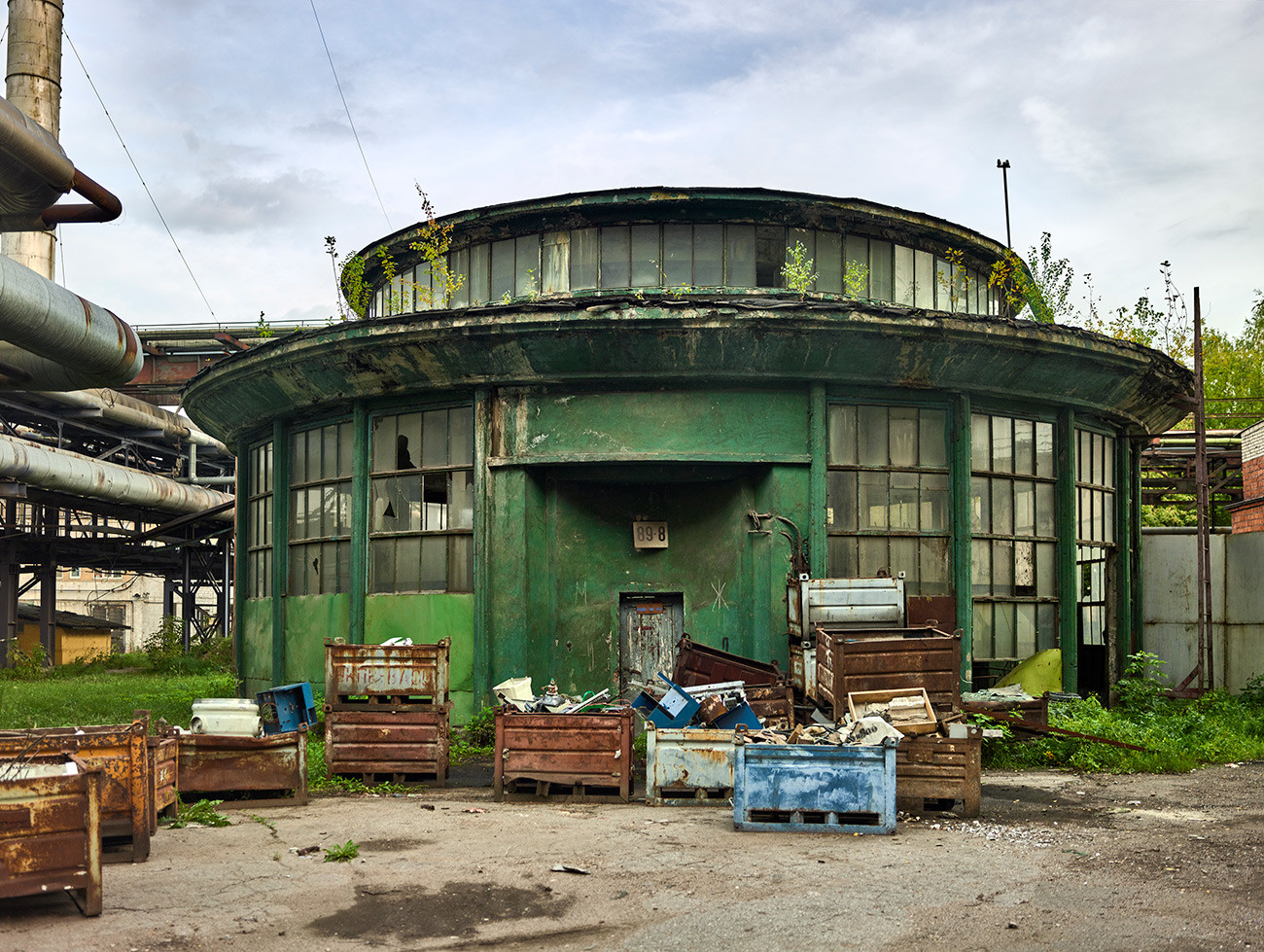
Sasha Gentsis/Jewish Museum and Tolerance Center
Check out more photos: 15 industrial wastelands in Russia that are truly apocalyptic
If using any of Russia Beyond's content, partly or in full, always provide an active hyperlink to the original material.
